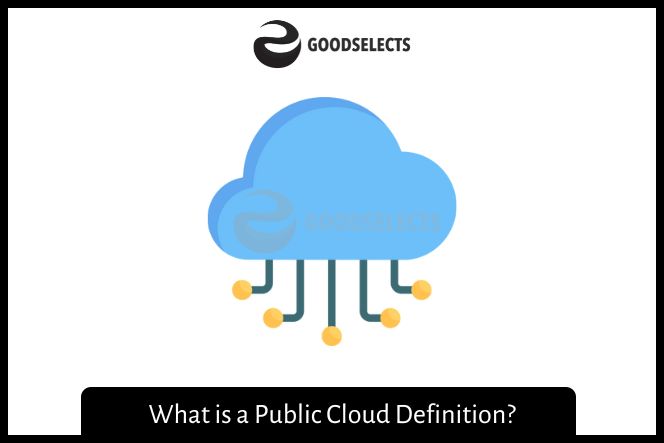The following are some important facts about the public cloud. Read on to learn more about IaaS, PaaS, SaaS, and Multitenancy. You can now better decide if this type of cloud is the right solution for your business. To start with, the public cloud is an online service that offers computing resources for a set price. A public cloud offers great redundancy, which is done automatically. If your data is sensitive, it will be replicated at least multiple times in various physical locations. In addition, the Service Level Agreement (SLA) will stipulate a minimum level of uptime. If you need more guarantees, you can upgrade to a better SLA.
IaaS
Public clouds offer a variety of ways to provision and manage computing resources. IaaS providers include Amazon EC2, Microsoft’s Windows Azure services platforms, and Google’s compute engine. You can also use private clouds, which are owned and operated by a single company. Depending on your needs, you can choose one or more of these options.
While small businesses may be able to move applications with little or no effort, larger enterprises may require more planning and customization to migrate their IT systems. Many enterprise businesses are using public clouds as one part of a comprehensive IT strategy that may include private cloud and on-premises architecture. There are many advantages to using public clouds and can help your business maximize its IT performance.
One of the biggest advantages of public clouds is that several organizations can share the same physical server. This is known as multitenancy. This means that different applications and data from different companies can run on the same server.
PaaS
A PaaS public cloud definition is the combination of software and infrastructure that allows users to build and deploy software applications. This infrastructure includes virtual machines, storage, networking, and operating system software. These components serve as the technological foundation and provide a secure computing environment. The software component is used for application development, deployment, and management. It helps developers build and deploy products without changing their processes.
A PaaS model is also helpful for DevOps teams. It gives them access to continuous integration tools and other application lifecycle management features without affecting the application’s availability. This helps companies following the Waterfall model to seamlessly add updates to their software without any downtime. A PaaS model also allows businesses to use one console to deploy updates to their applications.
PaaS is similar to IaaS, but it differs in a number of ways. For example, PaaS providers provide users with an OS and middleware. They handle the rest. Users can choose to use an IaaS or PaaS provider based on their needs. IaaS providers include DigitalOcean, AWS, and Azure. Similarly, PaaS providers offer applications and data support as part of their services.
SaaS
The growth of SaaS in public cloud is slow. The US and Chinese SaaS markets will account for approximately one-fifth of the overall market in 2020. In the US, SaaS has enjoyed a faster growth rate than the Chinese market, with an average annual growth rate of 39.1%. China, on the other hand, has lagged behind the United States in SaaS market growth, declining about 20 percentage points in the past five years.
The primary advantage of SaaS in public cloud is its ease of setup and governance. In contrast to the traditional way of consuming services, which requires the utilizator to maintain their own hardware and software, SaaS lets users configure resources as needed. This makes SaaS the perfect solution for most enterprises.
SaaS vendors deliver applications over the internet, making them accessible from anywhere. They are highly customizable, and can integrate with other business applications. Because the software is provided by a third party, SaaS poses certain risks. These risks include a third party that needs to maintain and upgrade the software for the customer, and the need for security measures.
Multitenancy
Multitenancy in public cloud is a way to share resources and hardware with more than one customer. It is similar to having a bank with more than one account. Each account does not have access to the other’s money or account details. This helps to maximize the use of available resources and reduces the costs of physical hardware, power consumption, cooling, and vendor costs.
Multitenancy in public cloud is a common practice among cloud providers, but the concept isn’t new. This approach is akin to sharing a software instance with several tenants, each with their own set of permissions. A multitenant cloud provider creates a common software instance and stores metadata on the tenants’ usage. This metadata is then used to tailor the software instance at runtime.
Multitenancy in public cloud is a way of sharing the same computing infrastructure among multiple customers. For example, multiple banks use the same bank but separate their accounts. This allows each bank to store their money and data without interfering with each other. With public cloud computing, the same infrastructure is shared by several customers, but the data and business logic remain separated.









































